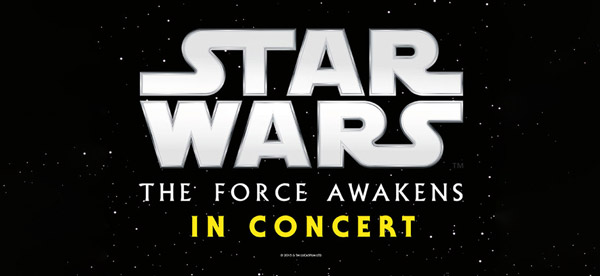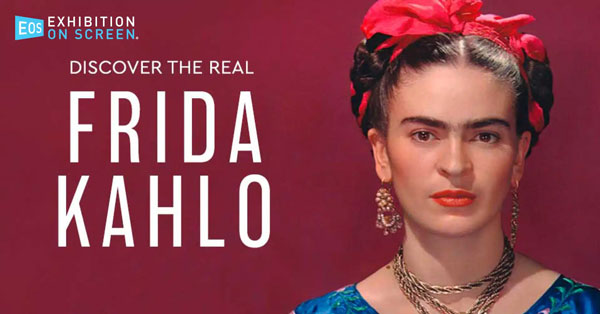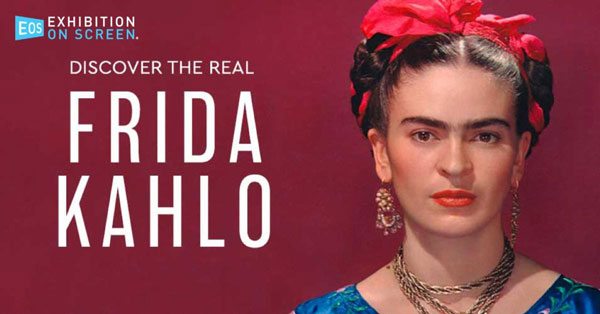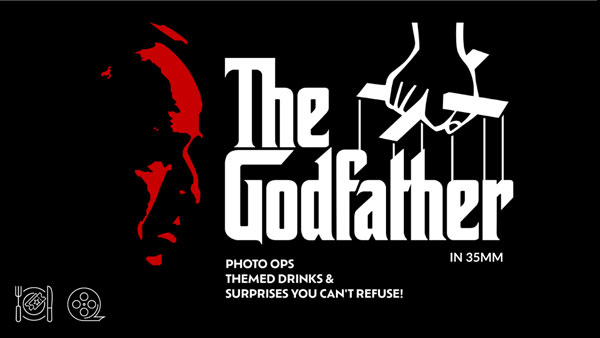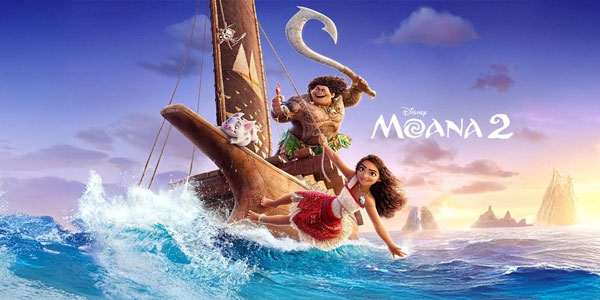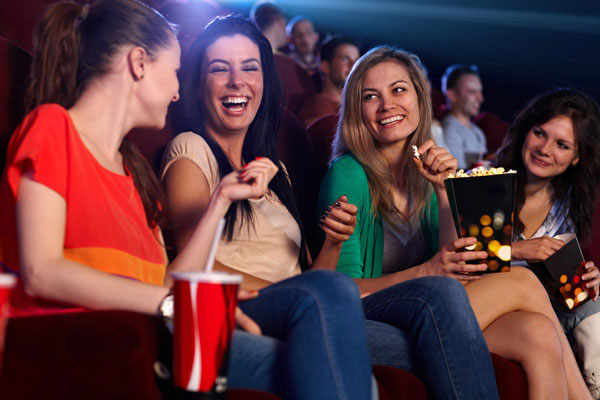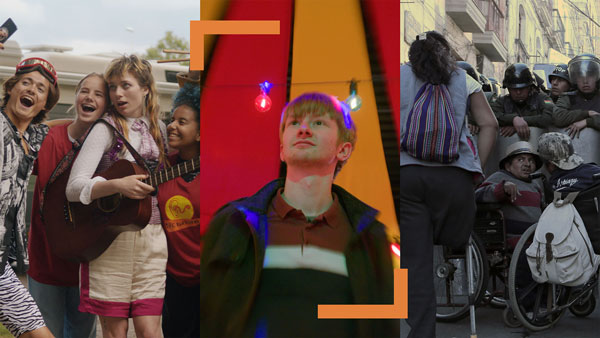By Gary Wien
originally published: 05/29/2023
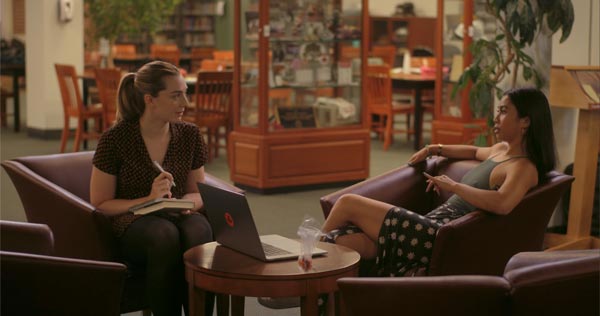
Stargazer tells the story of one night in the life of Grace Campbell, a grad student burning with fury about the fate of Cecilia Payne, an astronomer who discovered the nature of the universe - and saw her genius stolen by men. For Grace, history threatens to repeat itself when she's forced to partner with a male journalist.
That male journalist, Spike Randall, promises Grace an appearance on a TV show, hosted by historian Annette Gordon Reed, but at what cost? A dancer called Diana intervenes with a parable of her own about sex and power in ancient Greece, and Grace must decide where to turn and whom to trust -- all in a frantic 86 minutes. Stargazer will be screened at the New Jersey International Film Festival on Sunday, June 11th; available online for 24 hours starting at midnight with an in-person screening at Rutgers University in New Brunswick. The animated short, Meet Cute, will also be screened that night.
New Jersey Stage reached out to Stargazer director Alan McIntyre to learn more.
It's a very interesting script. How did you get involved with directing Stargazer? Actor/Producer Matt Bogart and writers Rob Ackerman and Kate Ginna were developing the Stargazer script and looking for a filmmaker to collaborate with to turn the script into a film. I immediately connected to the story of Cecilia Payne, an overlooked historical figure, as well as Grace Campbell, the contemporary character who is fighting to bring Cecilia the recognition she deserves.
I liked that the script was unconventional in structure, full of surprises, and had an element of Greek mythology through Diana, a dance student working on her thesis. The question of how to tell a good story (or “how to craft a narrative”) has vexed storytellers for eons and I appreciated how this script approached the idea of figuring out what is important and how to hook an audience.
Ultimately, I loved that Stargazer was about something: sexism in the STEM fields, sex as a form of communication, the desire to right historical wrongs, and the importance of opening oneself up to solving problems through collaboration and differing perspectives.
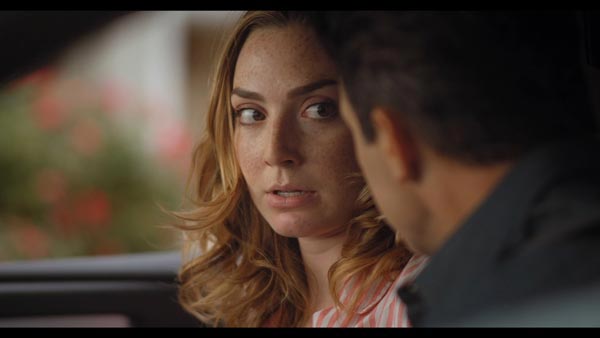
Tell me about the casting of this film. Kate Ginna, who co-wrote Stargazer, stars in the film. Was that always the plan or did you have to convince her to take the role? As far as I was concerned, Kate Ginna was always going to play the lead role. When I came onboard Kate was planning to play the role but graciously offered to allow me to audition other actors. But the chemistry she had with Matt Bogart was too electric to even consider other options. I knew she had internalized the characters and knew the parts inside and out. And her eyes were so expressive, I knew she would be able to play the silent film flashbacks as deftly as she worked with dialogue in the modern sections. Kate's role was challenging as it's a person in transition from academia into the world, so she had to have an element of naiveté that was disguised by her drive to get her story into the world. The inner battle of that change in maturity throughout the film is what ultimately makes the film succeed.
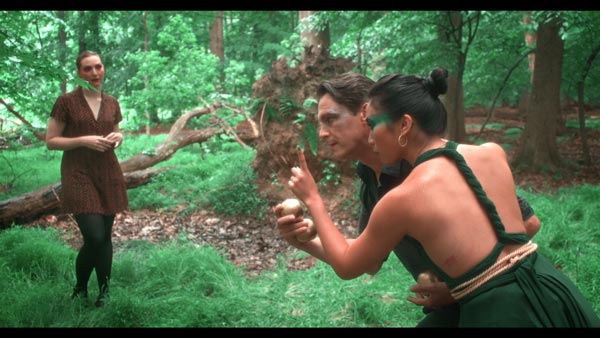
What about Lei Nico as the dancer. Was that the hardest role to cast? Lei Nico is brilliant. The role of Diana was hard to cast as the character required such a forward personality that is hiding vulnerability, and she had to be able to dance. We were not able to meet in person due to Covid so we had to cast via online zoom readings. Despite the clinical nature of the online process Lei Nico shined as Diana, a dance student who is struggling with her own form of storytelling, using the body in motion.
The other difficult role to cast was the TV show personality who Grace needs to impress with her pitch. We wanted someone with gravitas who could appear both friendly and indimidating, and found the perfect TV host with MacArthur Fellow/Pulitzer Prize-winning scholar Annette Gordon-Reed.
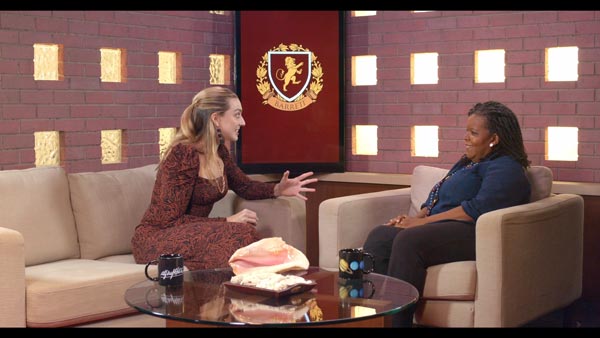
How did you choose to shoot much of the film at Rider University? Rider University was the perfect home for Stargazer as I had just finished teaching a filmmaking class with their senior film students when the Stargazer script arrived. I had shot several scenes in the school library and trained the students as camera and lighting technicians, so we were able to hire the recent grads as crew and cast, and rented out dorm rooms on campus to maintain a bubble for Covid restrictions. The campus was like our backlot, and we reworked scenes to take place in some of the buildings I had gotten to know in the previous semester. The original script took place entirely in the school library, but I wanted to have a visual progression for the audience, so we had the characters leave the library for the third act to go outside and to the campus TV studio.
Was there any trouble shooting the scenes that deal with drugs and sex in the library? Did they have to approve those scenes in advance? We didn't have to get approval — we kept the sets closed for the intimate scenes and worked with an intimacy consultant so that everyone involved felt as comfortable and safe as possible. And the gummies were just plain old candy!
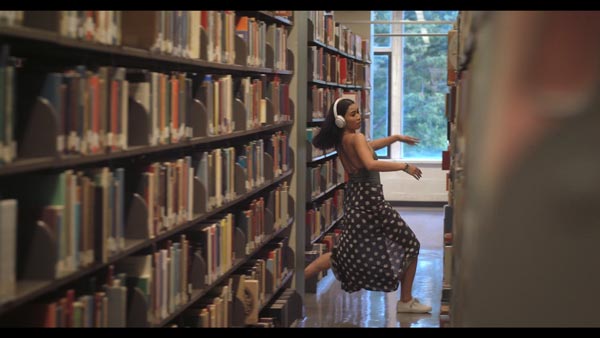
Speaking of the library, was it difficult shooting the quick runs through the library? Or was that a fun challenge? The library was a fantastic location filled with nooks and crannies and lots of great foreground and leading lines for dynamic compositions. My mantra was "coverage above all else" to make sure I could manipulate the pacing and rework scenes as they appeared as memories or flashbacks and fantasies. So I had "A" camera on a Steadicam for every shot to allow the camera to respond to the characters and keep the pace moving on screen. The biggest challenge was how dialogue-heavy the script was, so I wanted to give the audience visual stimulation to keep them following the story. My Steadicam operator, Jordan Tetewsky, was a mentee student of mine since his freshman year so he was gracious enough to give us a cut rate so we could afford to have him on every scene.
What was the most difficult shot to get? The most difficult shot to get was in the introduction scene between the two leads Grace and Spike when they meet for the first time in the library. I didn't want to open their story with a scene of shot reverse shot coverage so we created a Steadicam move that starts with Spike finding Grace at the table, then wraps around them as they bother other students who are trying to study, then leads them as they go into the stacks to find some privacy. Shooting with Steadicam is easier when your subject is moving, but creating moves that don't draw attention to themselves with static characters takes a lot more practice. I never want shots to stand out as "showy" or "beautiful.” I want the pictures to coalesce into a stream of conscious experience for the viewer.
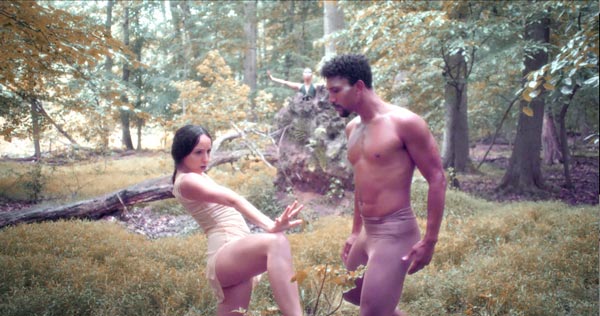
There are several scenes look like they would have been extremely fun to shoot. What was the funnest scene to get for you? One of the most fun scenes to shoot was when Diana takes over the storytelling to workshop her dance about Atalanta, Greek mythology's fastest woman in the world. We shot the scene both in the library and in the woods near campus and intercut the actions and narrative to give the sense of how imagination works when you hear a story. I shot double coverage, getting everything in both locations so that I would have total freedom to edit at any point. We also worked in Robert Vail’s choreography of the Atalanta story, using the dancer's movements as edit points with Diana's storytelling. When we arrived at the woods to shoot it was pouring rain, which was how it was scripted, so the scenes took on a magical shimmer. The crew was so positive and hardworking despite getting soaked to the skin for several hours.
One of the aspects of the film I enjoyed and appreciated very much was the music. I love that you have a strong opening song, strong closing credit songs, and nice music throughout - mostly done by Phoebe Kreutz. Did you work out a deal with her for the batch of songs? Phoebe Kreutz is a musical genius; part Buddha, part cynic, all woman. As soon as I heard her music I knew that she was the perfect songwriter to match Grace, a young woman coming out of college and trying to see the world for what it is, and make it better. Phoebe graciously opened her published catalogue to the film and allowed us to license the songs that were the best fit for the story. One of my many goals for the film is to get her work out into the world and help her grow her audience. To thank her for her generosity I directed a pro-bono music video for "If God Is A Woman" with my music video class at Rider the following Spring, where we shot at all the same locations from the film, which we are releasing to promote the New Jersey International Film Festival screening.
After finding the perfect sound for Grace we realized that Diana needed a similarly strong score, so we hired the brilliant composer Katy Pfaffl and her collaborator Joshua Kobak to give Diana a sound inspired by Greek myth and dance rhythms.
Finally, tell me a little about yourself. Where did you grow up? Go to film school? I first grew up in the Bay Area of California, then the midwest of Chicago and South Bend, Indiana, where I studied filmmaking at The University of Notre Dame. My film teacher there, Jill Godmillow, pushed me to take the "fun" art of filmmaking seriously and taught me so much about editing and storytelling in a visual medium. She helped me get my start in New York at Good Machine, where I first worked on Todd Solonz's film Happiness. From there I worked as a PA, AD, lighting technician, then moved up to gaffer and DP on many indie films, music videos and commercials. I started directing music videos and shorts as side projects as I worked on bigger sets and now I go back and forth between making my own projects and shooting/producing for other people.
Do you still teach film classes? If so, what do you teach and where? In addition to Rider University, I teach cinematography, music video and filmmaking at Purchase College, State University of New York and Rutgers University in the Digital Filmmaking program. Teaching is the best because I stay connected to young people who are inspired to build the art of filmmaking in new and better ways and it has kept me learning as well. Many of my current crew members are former students who trained with me on set as well as in the classroom.
Finally, are you planning on attending the screening in New Brunswick? Part of a Q&A? I will be at the screening in New Brunswick and happy to answer any questions afterwards.
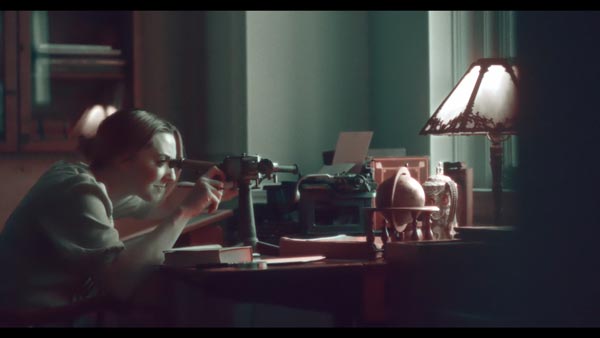
The New Jersey International Film Festival runs across two weekends (June 2-11) with a combination of virtual screenings and in-person screenings in Voorhees Hall #105/Rutgers University, 71 Hamilton Street, New Brunswick, New Jersey. Click here to purchase tickets for Stargazer and Meet Cute.
Gary Wien has been covering the arts since 2001 and has had work published with Jersey Arts, Upstage Magazine, Elmore Magazine, Princeton Magazine, Backstreets and other publications. He is a three-time winner of the Asbury Music Award for Top Music Journalist and the author of
Beyond the Palace (the first book on the history of rock and roll in Asbury Park) and
Are You Listening? The Top 100 Albums of 2001-2010 by New Jersey Artists. In addition, he runs New Jersey Stage and the online radio station
The Penguin Rocks. He can be contacted at
gary@newjerseystage.com.













